
Exploration of Imaginative Dreamscapes
Imaginative Dreamscape as a trend is historically embodied by Surrealism, its influence in architecture, interior, and product design spans almost a century. From the 1920s to the present, it has developed from an artistic response to World War II to a catalyst in nearly every art and architectural movement since. We see its influence today either circulating in the market or seen through various media.
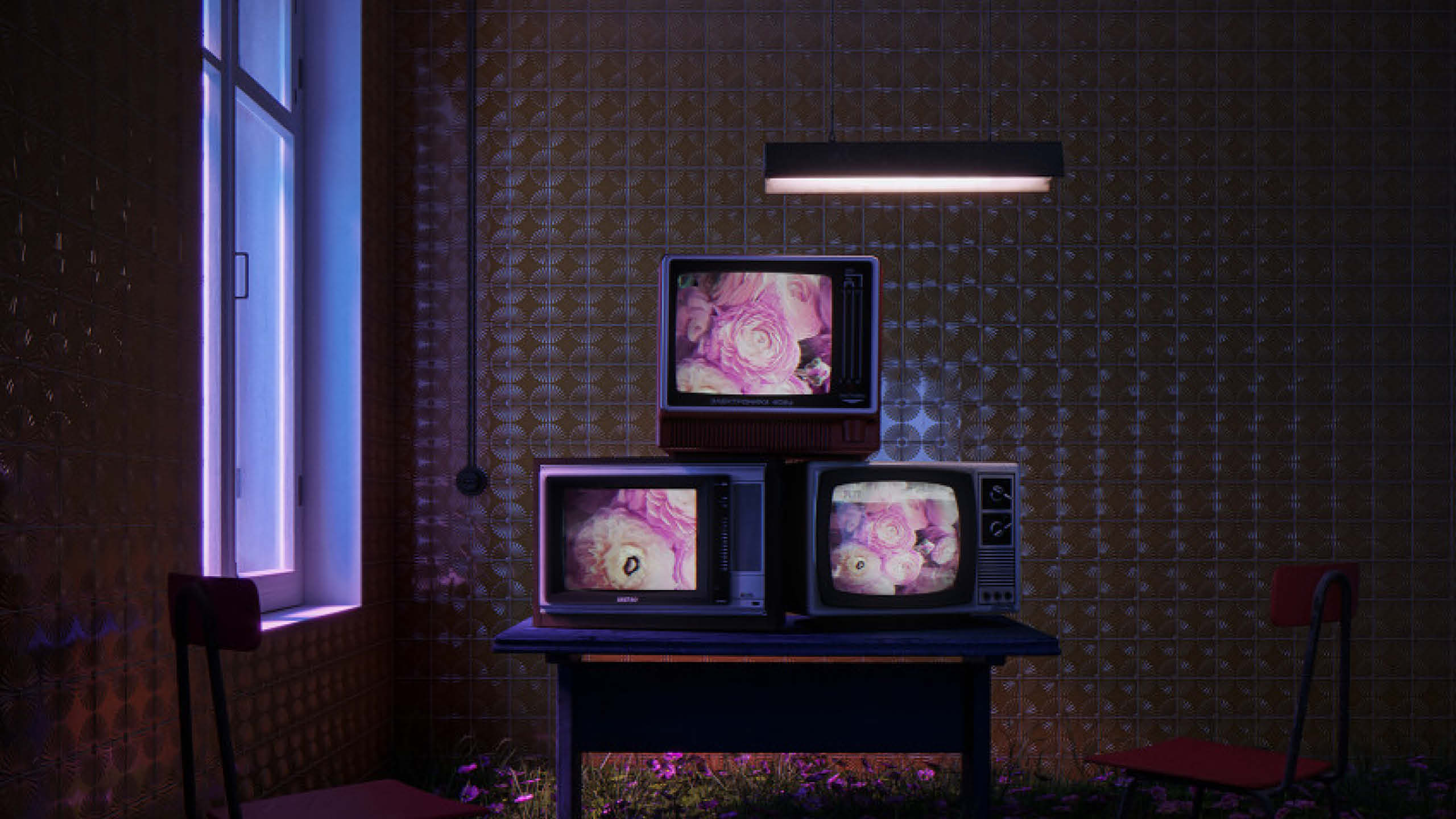
Dreamscapes as an umbrella trend encompass some notable movements in history since the 1900s. The desire for something new as a reaction to restrictions and formality drove artists, architects, interior designers, and creatives to push the envelope in the 1950s Postmodern movement. Since then, the movement has undergone a generational transformation that now includes modern views on technology, progress, sustainability, probability, and psychology.
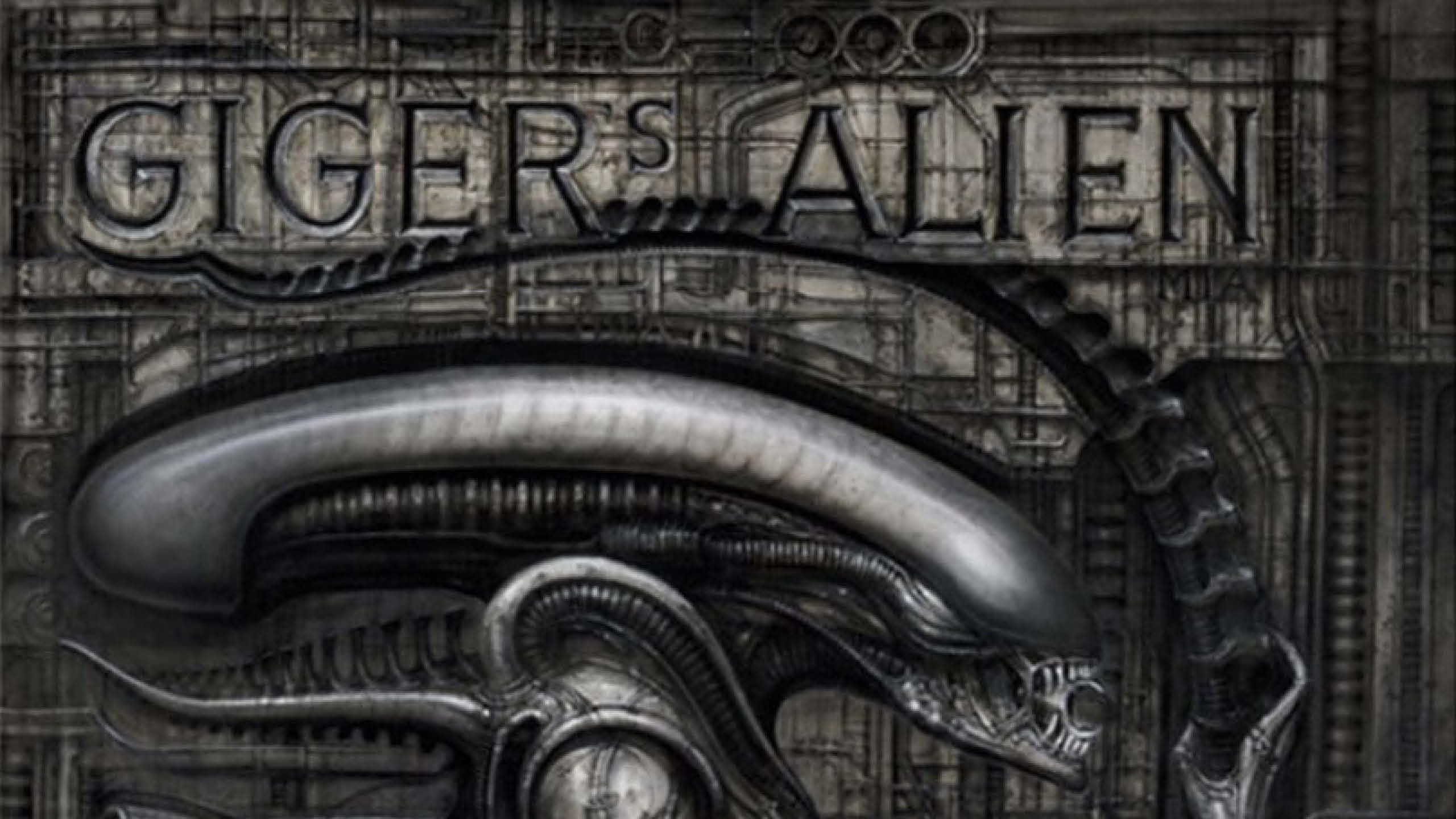
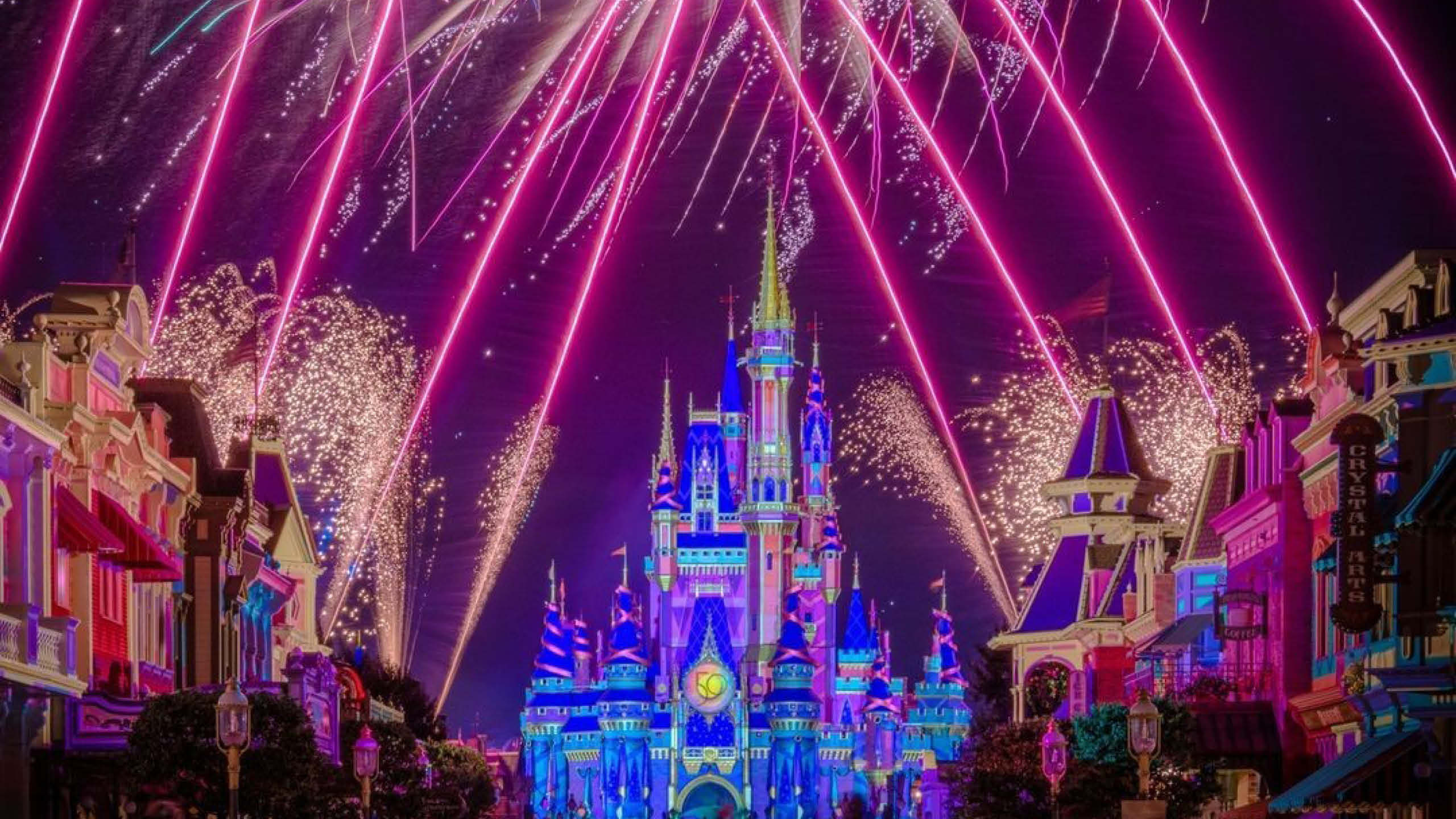
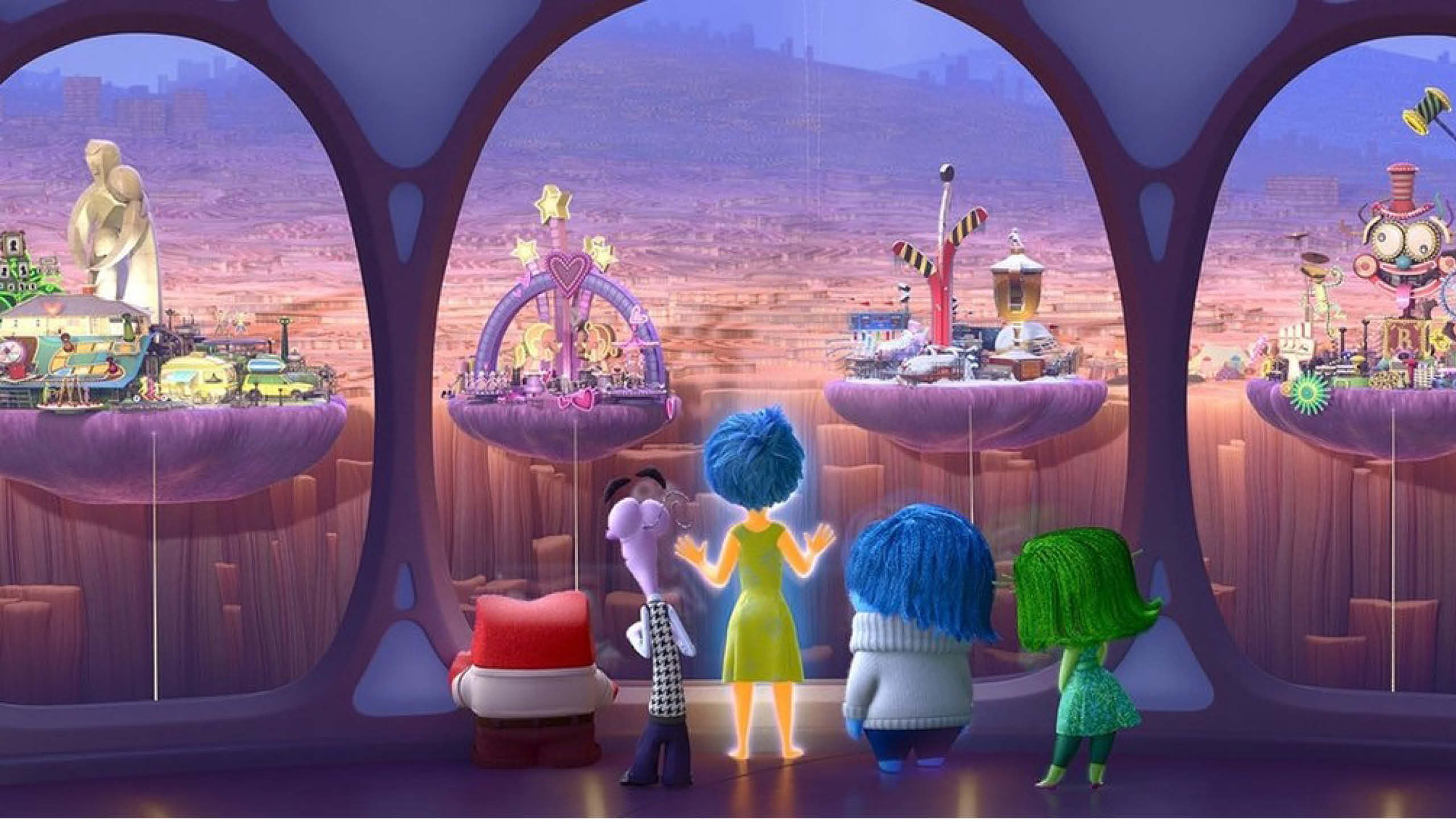
An array of historical examples includes the architectural masterpieces of Antoni Gaudi, the whimsical animation of Disney, the frightfully impactful designs of H.R. Giger, and the sustainable vision by an anonymous writer who coined the term Solarpunk.
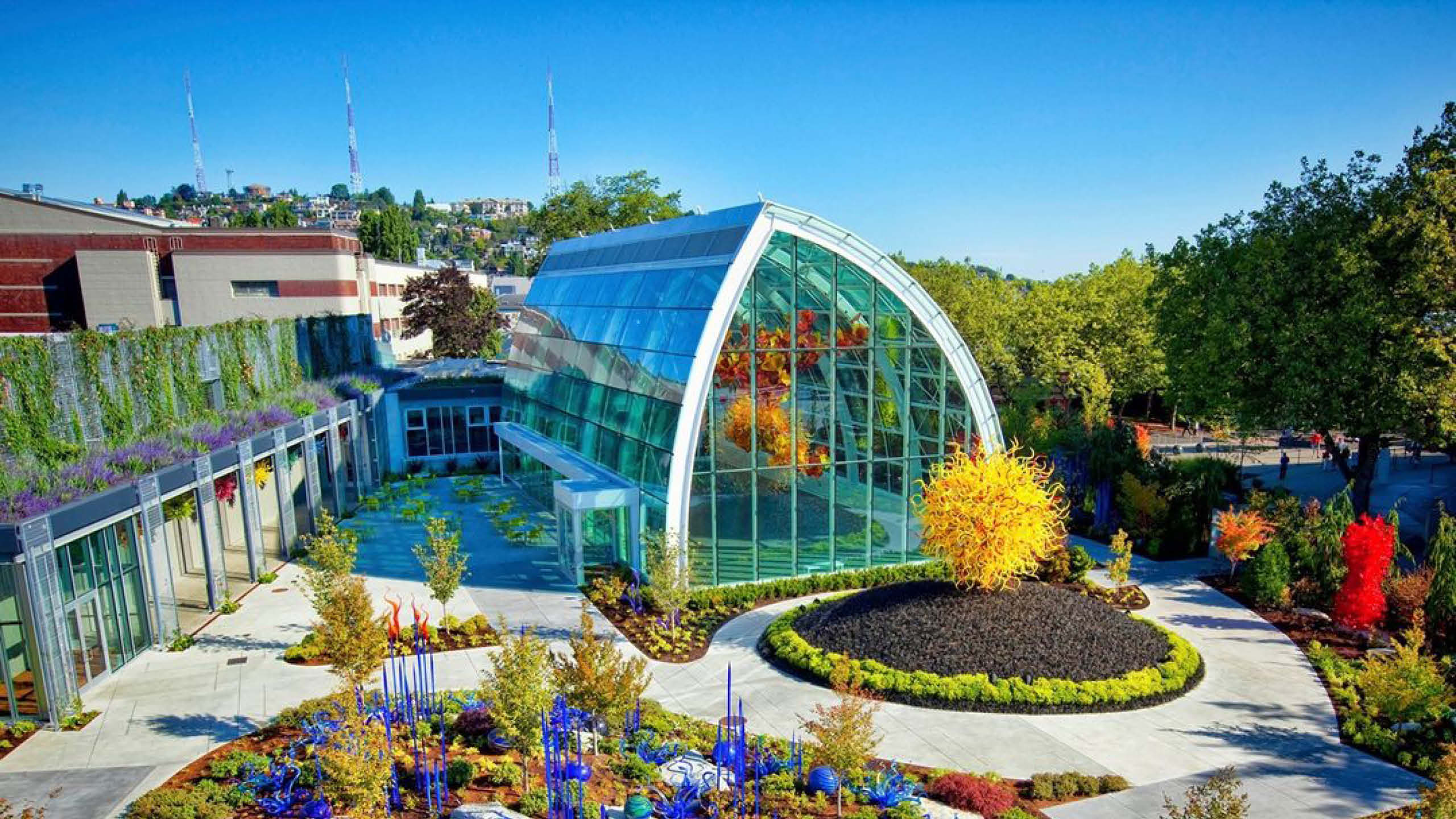
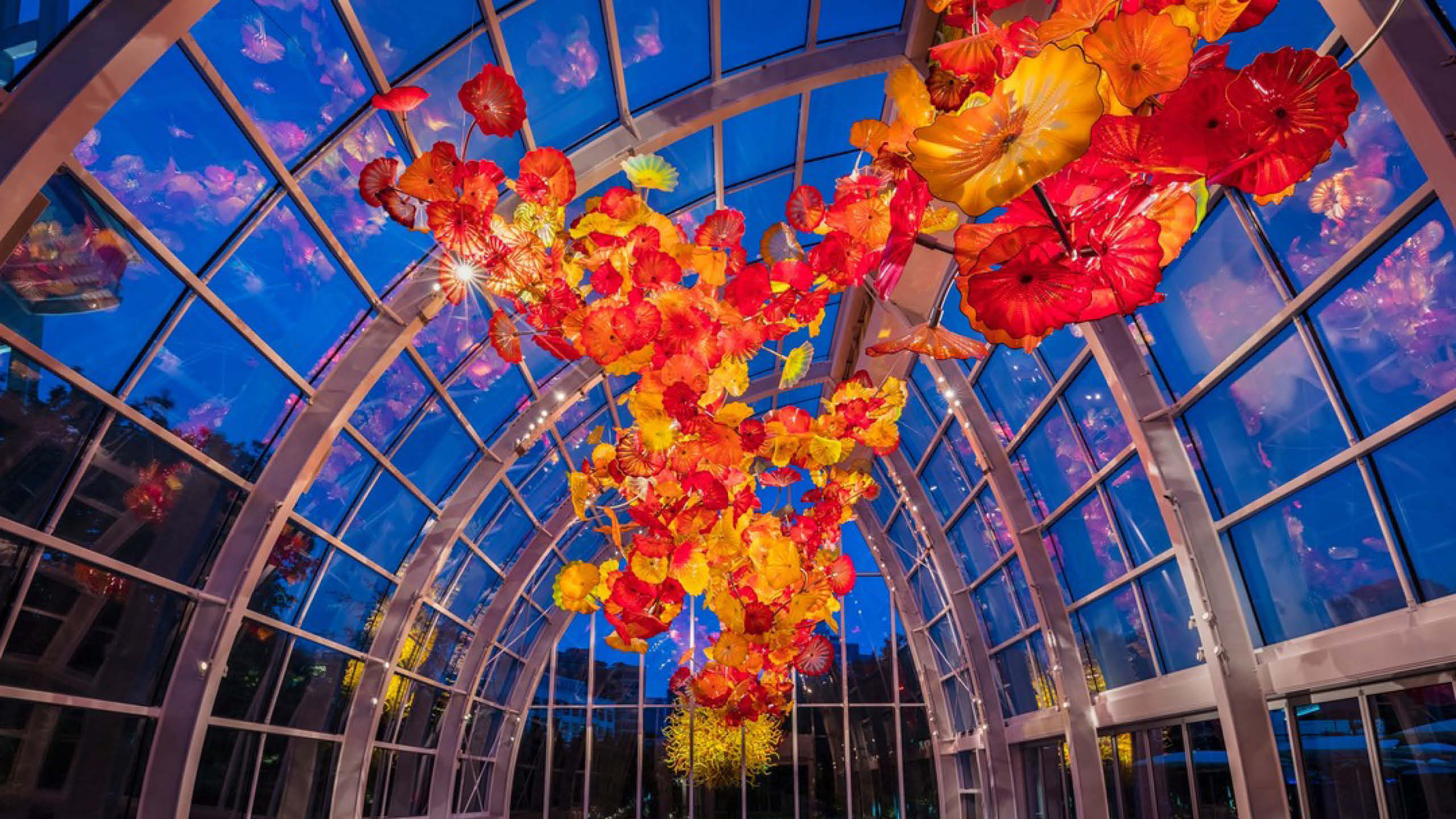
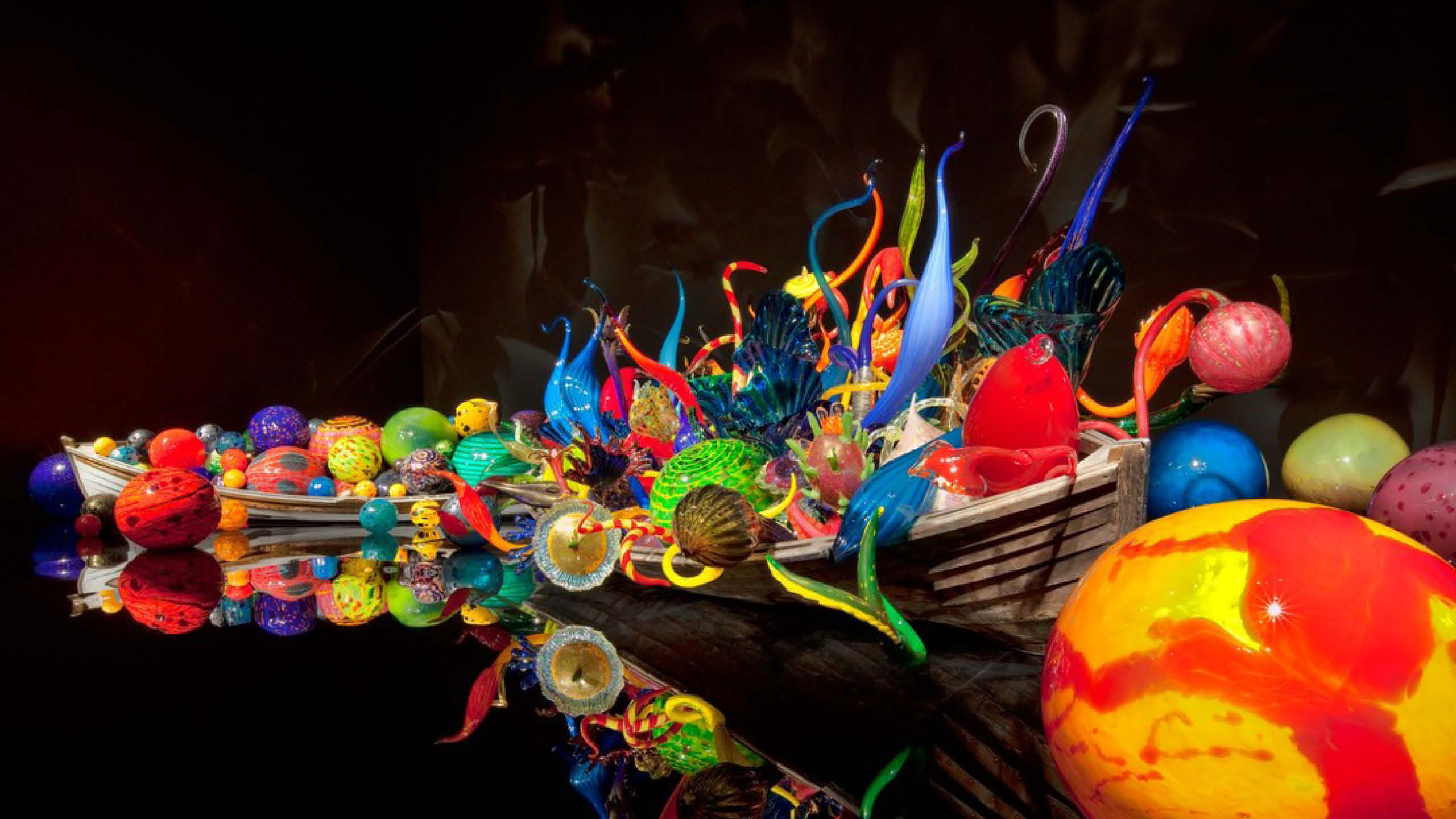
Dreamscape’s definition surmises its branches as something otherworldly, weird, ephemeral, alien, futuristic, mental, and emotional. As a dream, it includes the balance of the beneficial and the detrimental, both of which become pivotal in design. Such aspects can be experienced in the Chihuly Garden and Glass in Seattle, Washinton, USA; HR Giger Museum, Gruyères, Switzerland; and, The Jewel Changi Airport, Singapore.
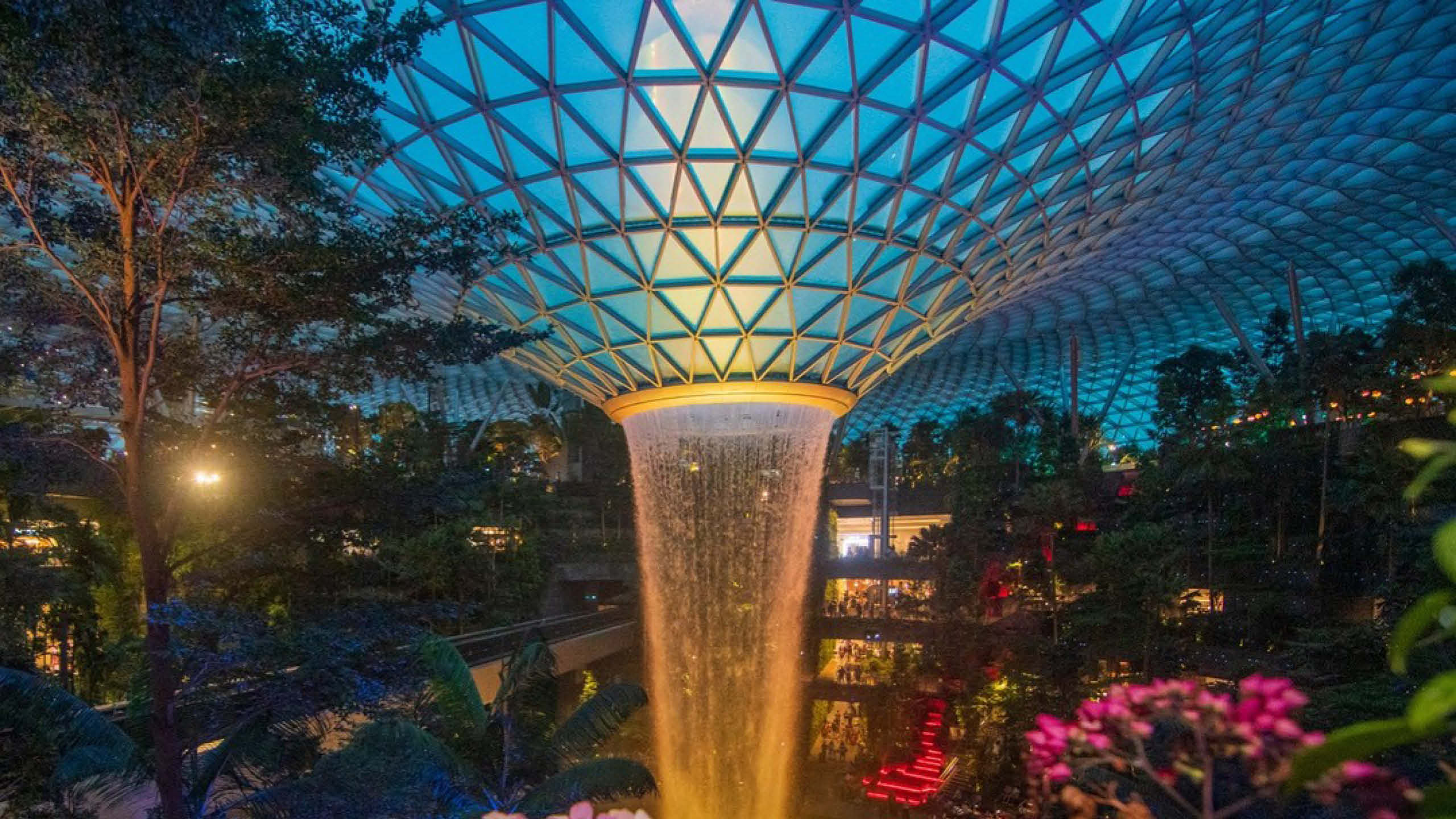

Influencers on this trend include Digital Artists, Architects, Computational Designers, and Interior Designers. Paul Milinski with his prolific digital storytelling, Alexis Christodoulou with his dreamy 3D renders and modeling, Cyril Lancelin with his euphoric immersive installations, Vincent Callebaut with his futuristic biomimetic architectural visions, Manas Bhatia with his surreal symbiotic AI-generated architecture, and Ariadna Giménez of Gaudisim.AI with her Antoni Gaudi inspired works.
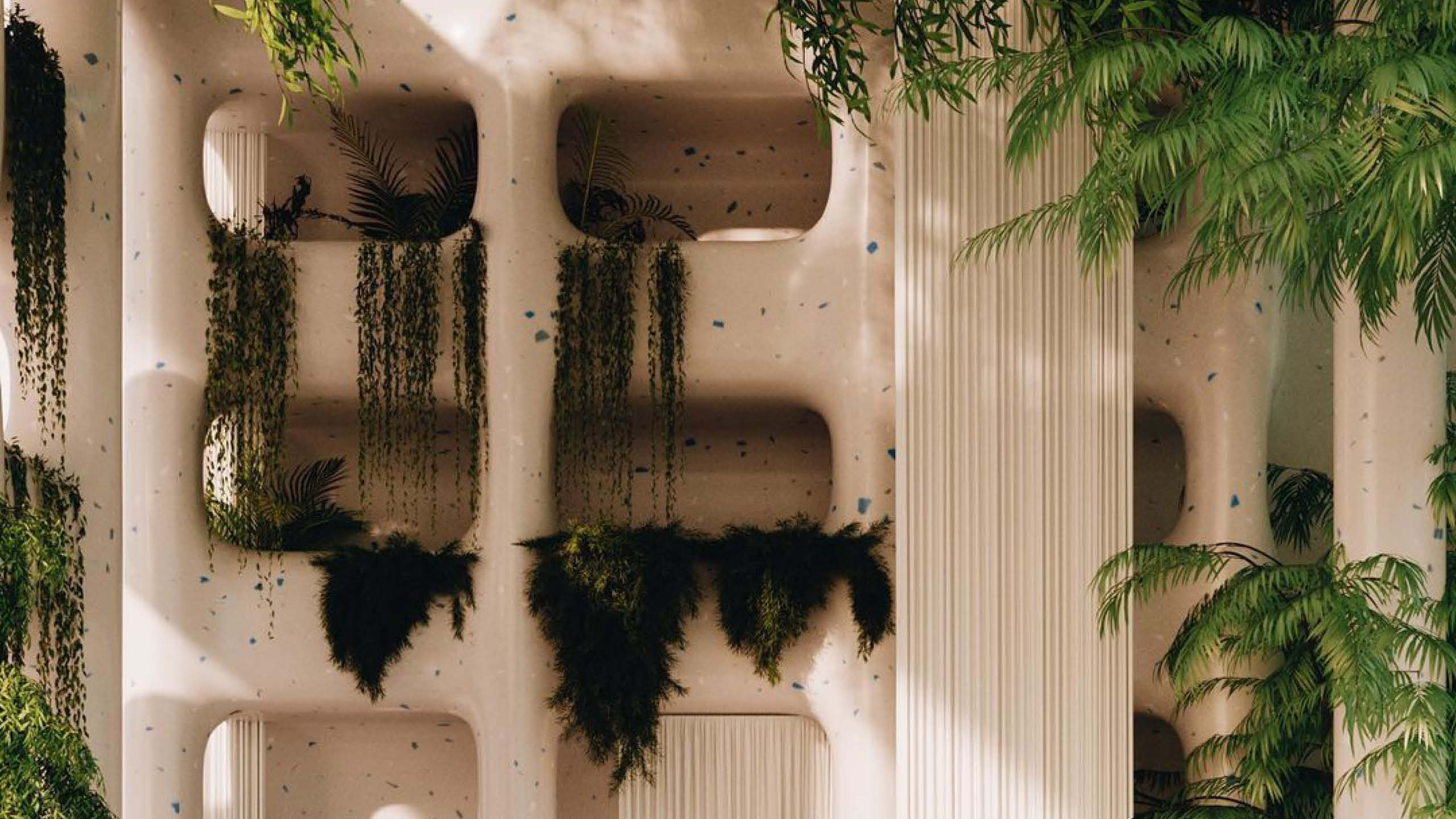

Looking at recent events and escalations, these branches evolved in a steady form of development through modern means. Artificial Intelligence Image Generation, as a rising trend itself, helped on creating clear concept visualizations of the trend. Applications like Midjourney, Stable Diffusion, and Dall-E are all tools that supported these branches to gain their stability in the field of spatially applied arts and sciences.

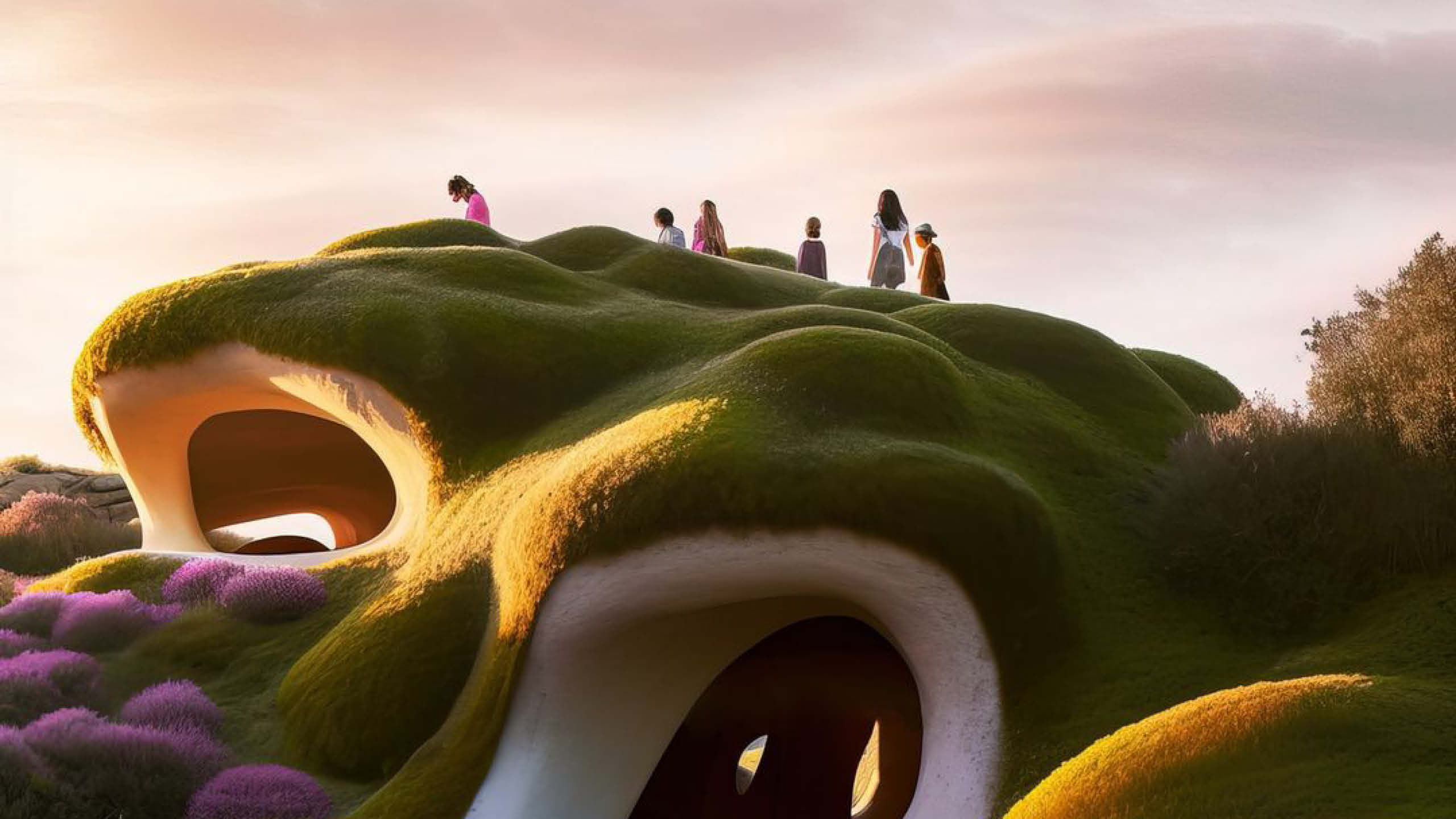
ACIIID explores these branch trends through AI image generation applications and learn the keywords that embody their data. Through research and experimentation, these words revealed themselves with efficiency and accuracy as they produced spatial images that aligns with each of the branches investigated.
Euphoric Dreamscape, under the umbrella term, is often driven by emotions rooted in the idea of softness and innocence. As a dreamscape, it encompasses nostalgia, calmness, and spirituality. In design, its aspects and forms appear to be heavily influenced by neotenic designs. It is colored by vibrant pastels with blues, purples, and pinks taking the forefront of its influence.
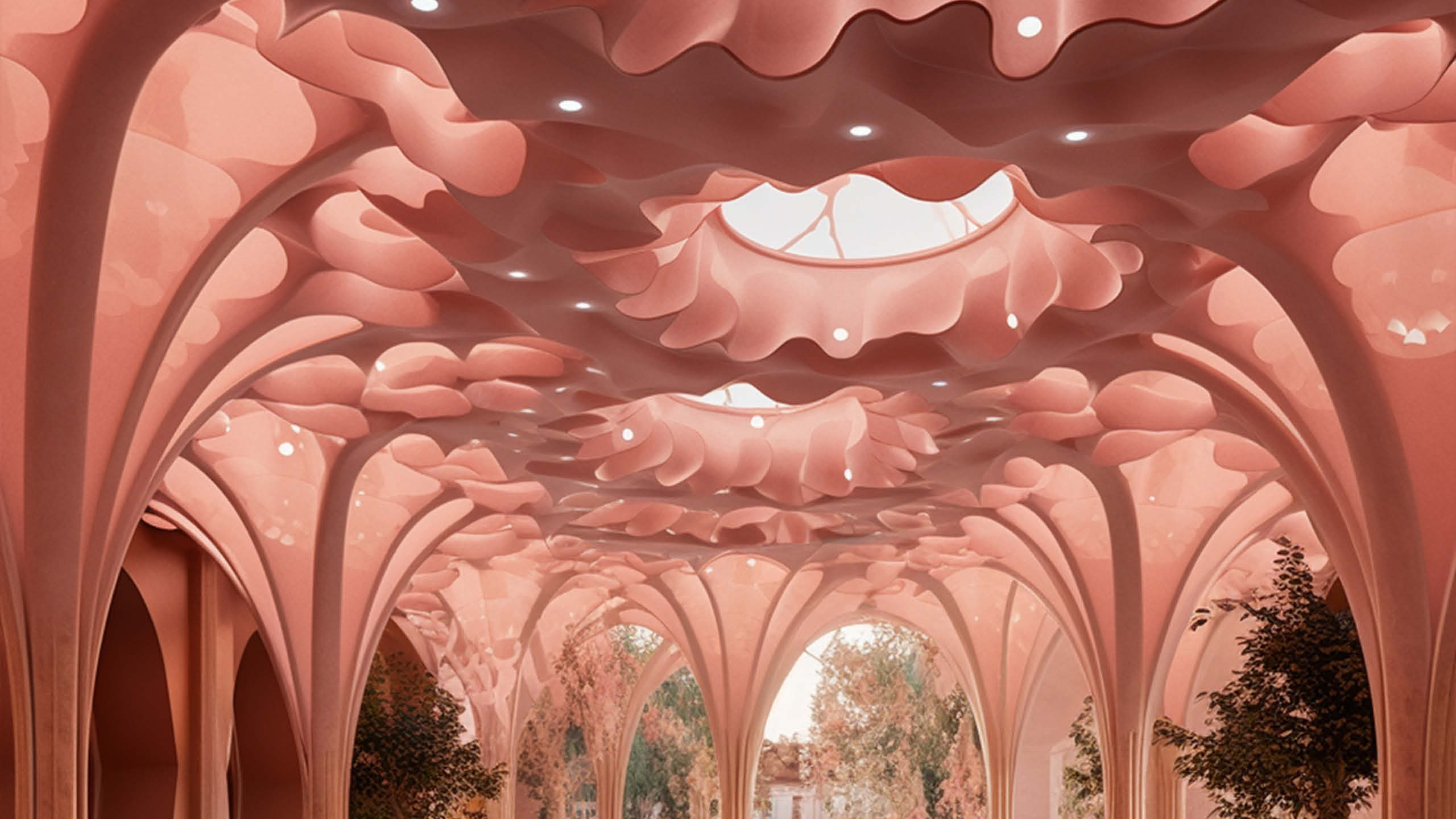
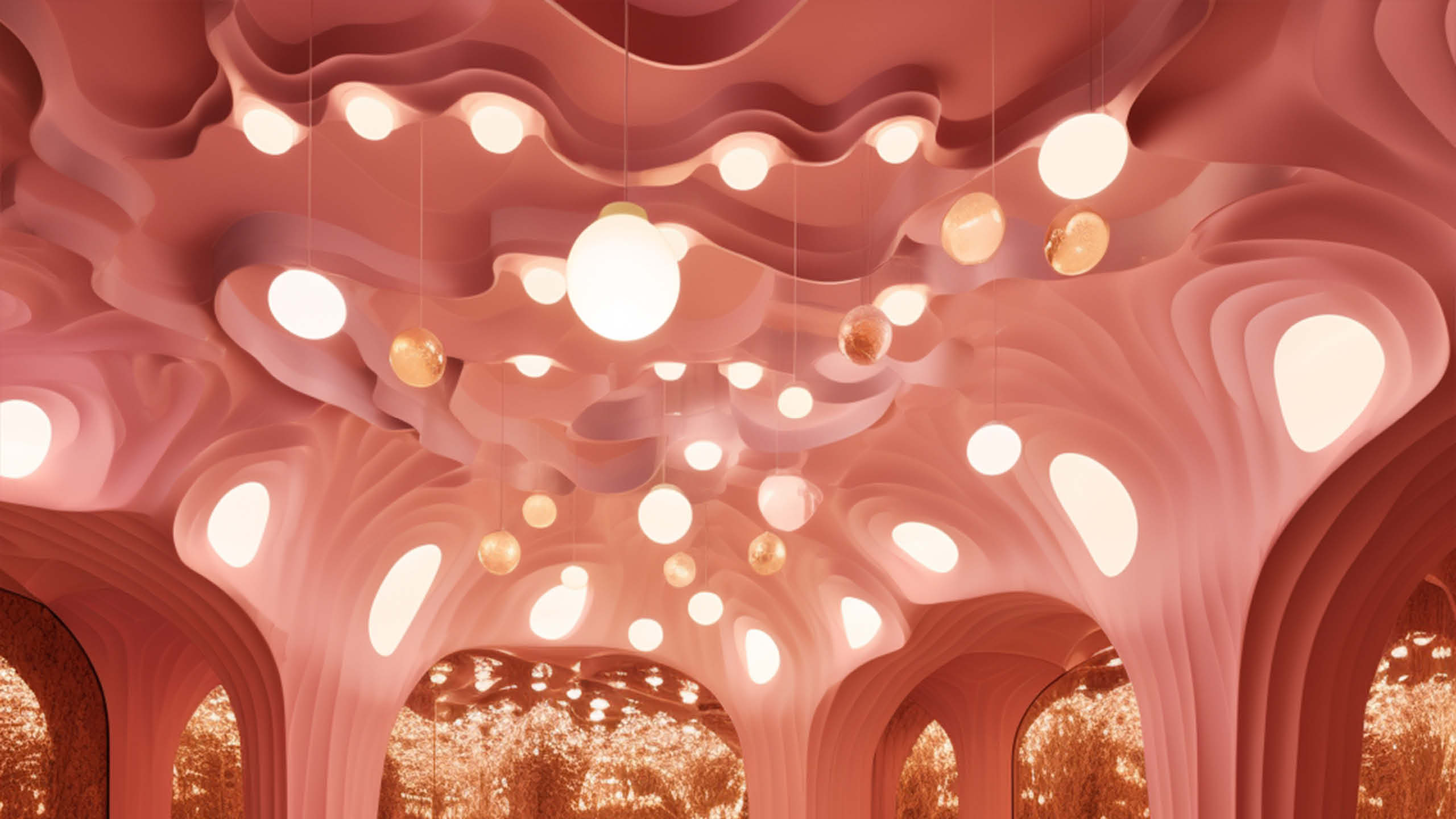
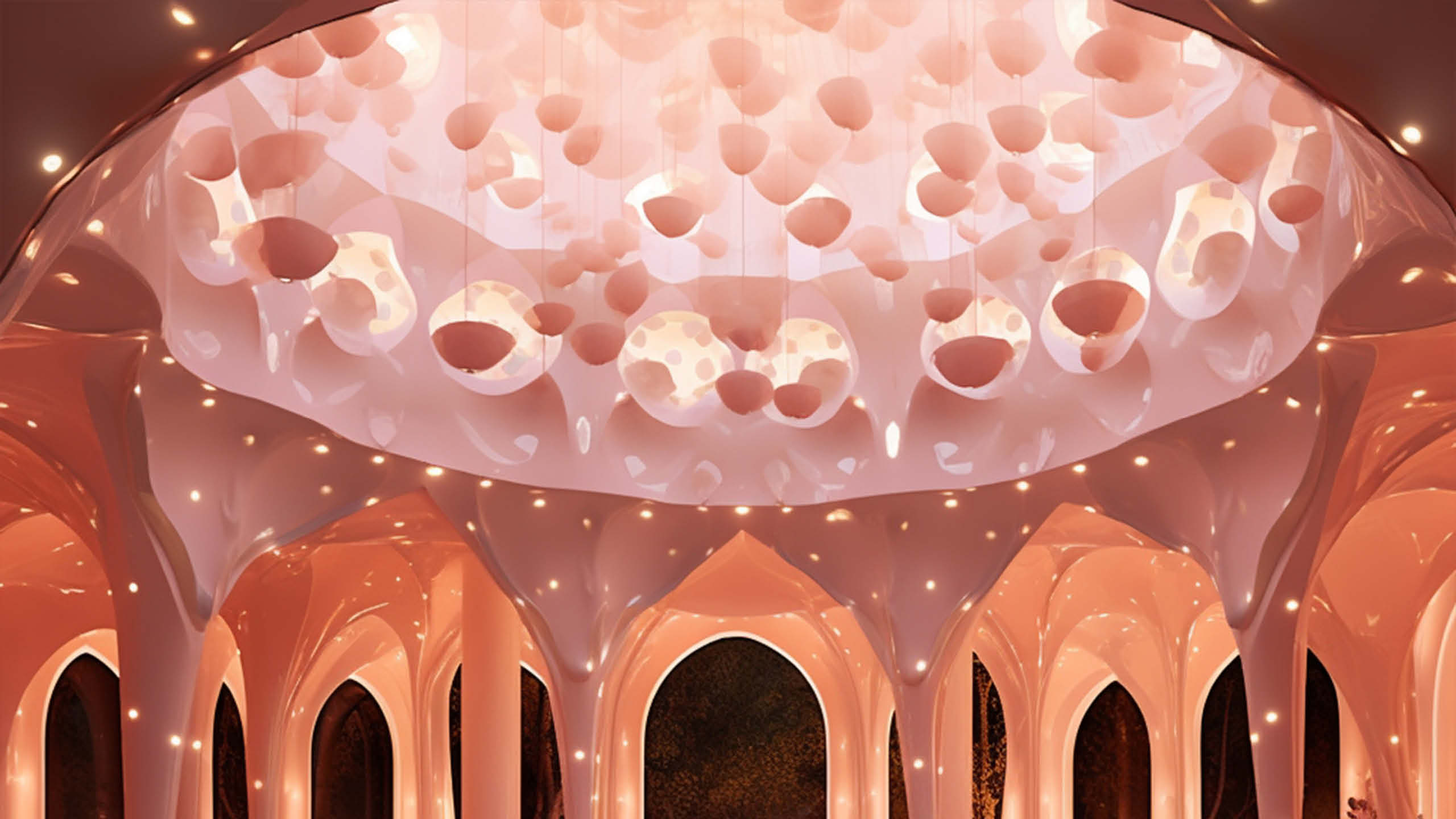
“Euphoric Dreamscapes” by ACIIID. Generated using AI.
Imagine Prompts: Antoni Gaudi, Modern, Ephemeral, Organic, Neotenic, Soft, Soft Materials, Soft Shapes, Disney, Playroom, Vibrant Pastels, Child-like.
Verdant Dreamscape takes its shape with the influence of a sustainable future with innovative developments. It tackles the innate hope of humanity where nature thrives side by side with technological advancements and evolution. Verdant Dreamscape is defined by its biomorphic and organic appearance that appears as a green structural bubble with the vision of balance, sustainability, and development.
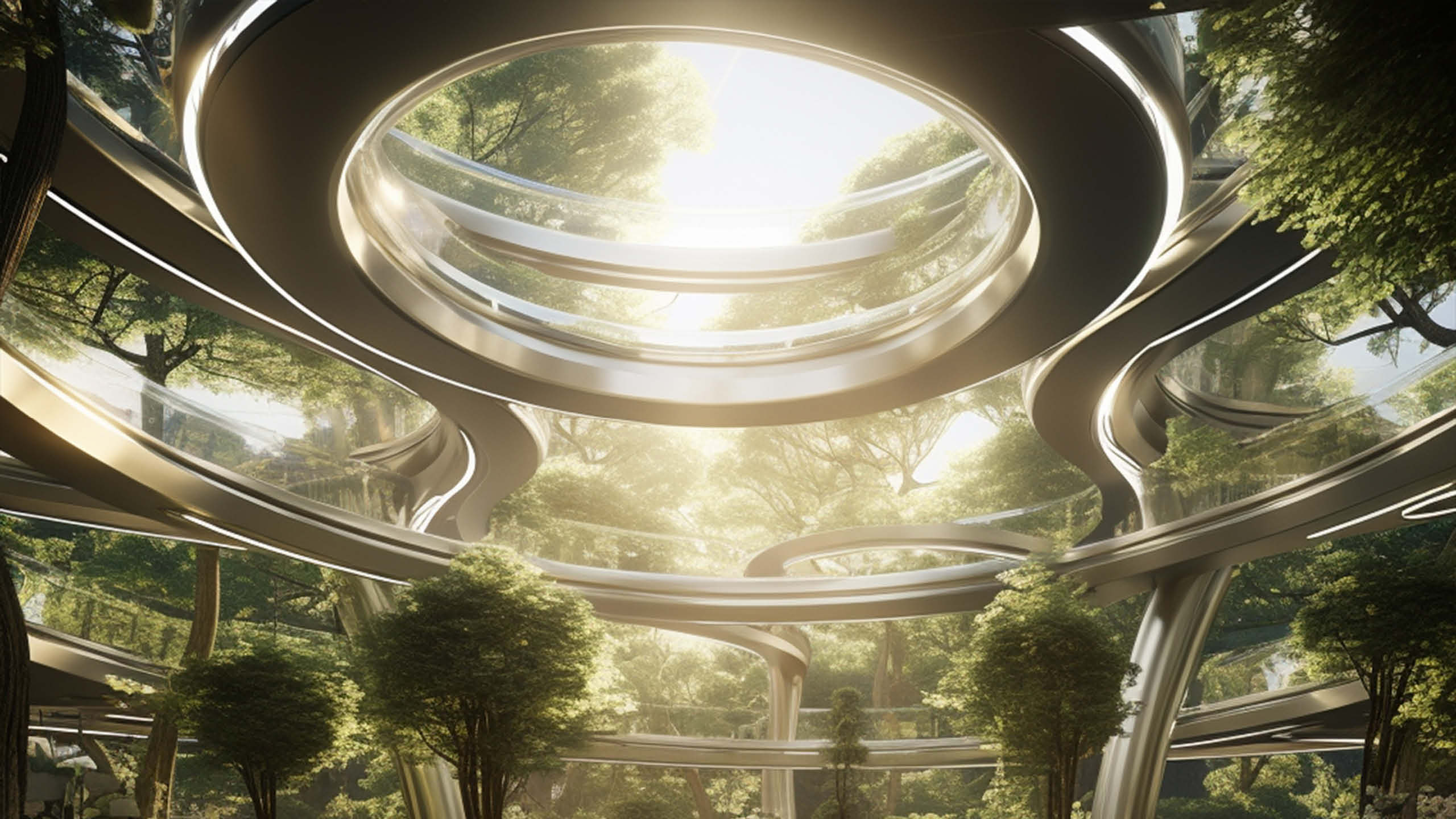
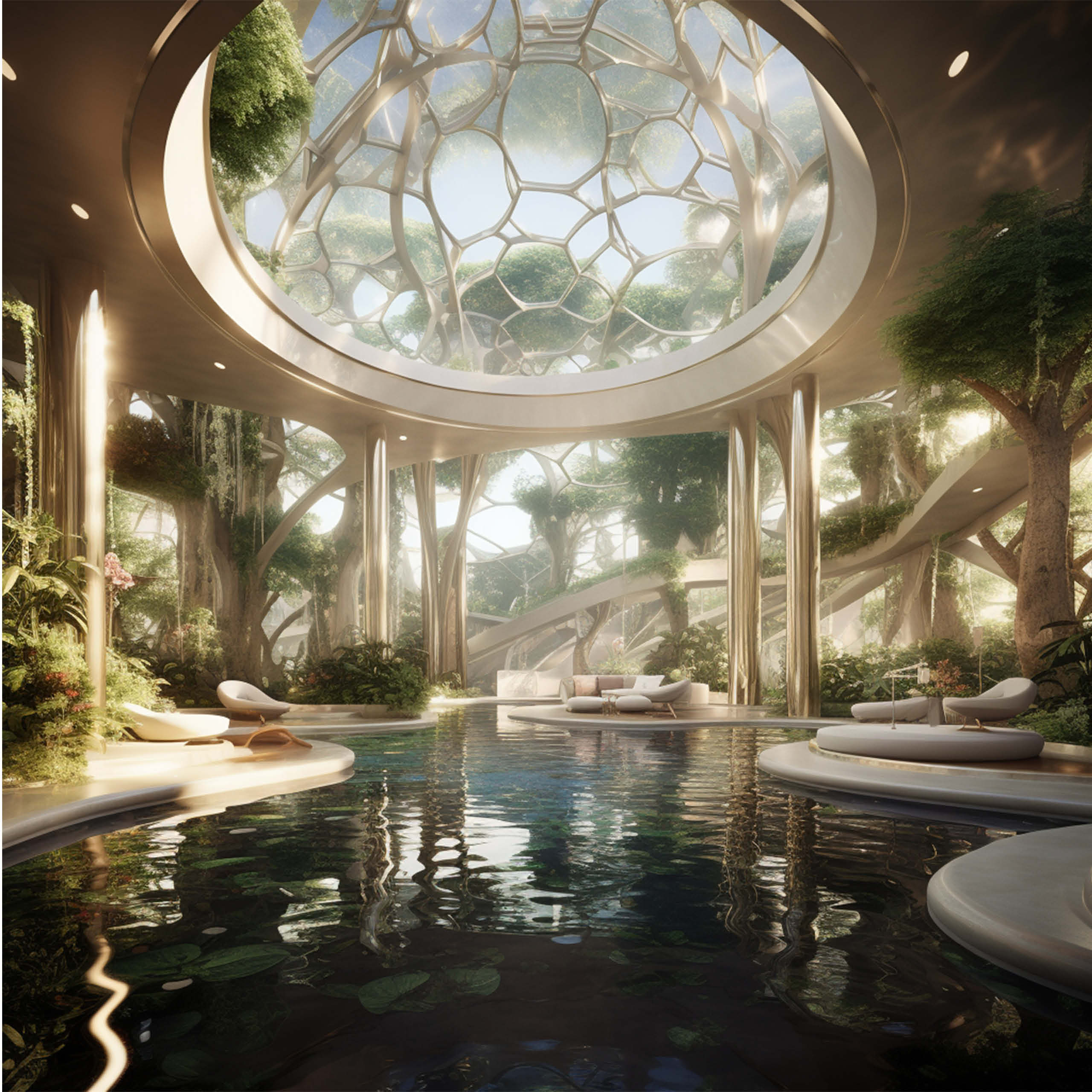
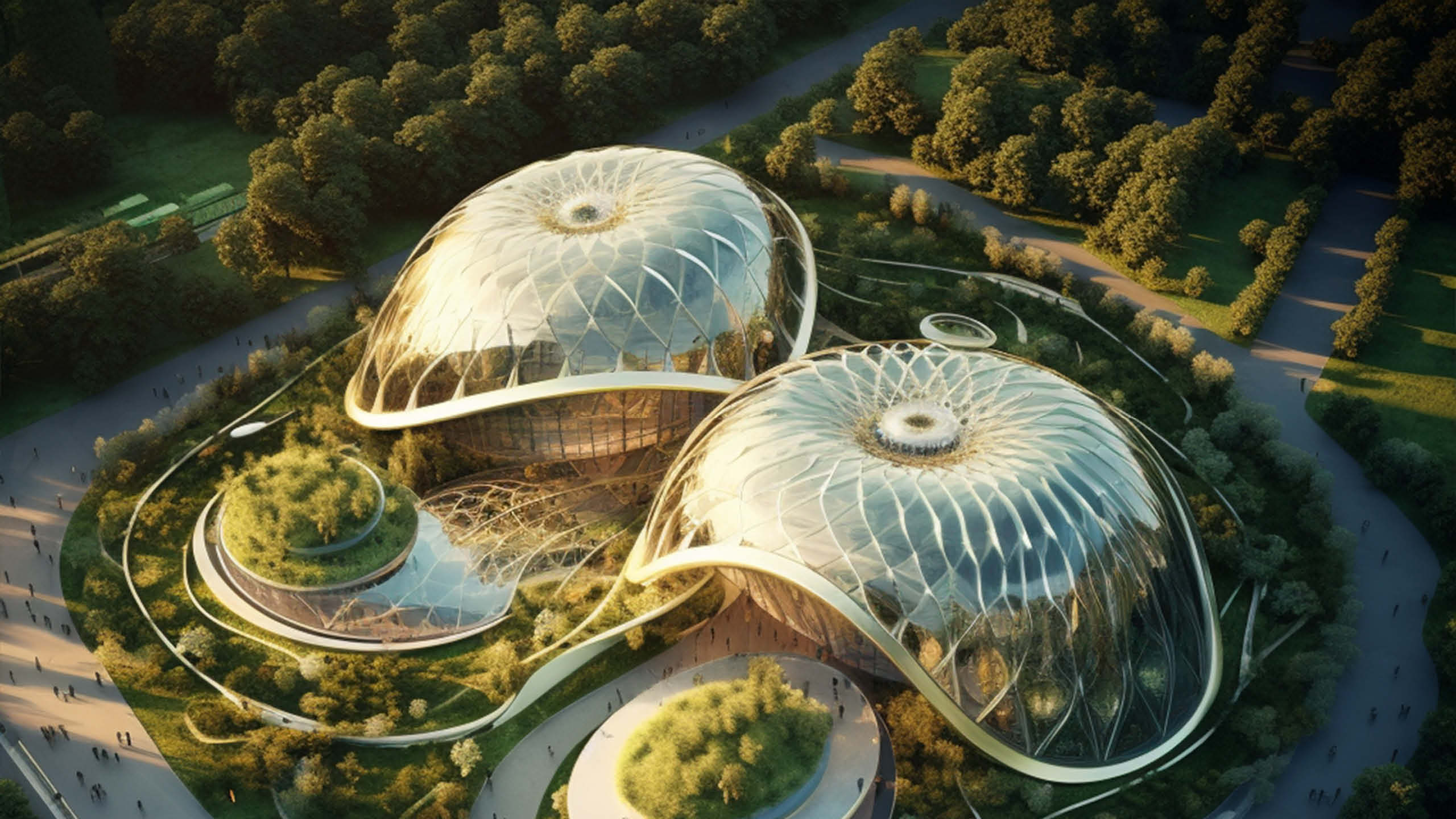
“Verdant Dreamscapes” by ACIIID. Generated using AI.
Imagine Prompts: Modern, Avatar, Organic, Biomorphic, Biophilic, Sustainable, Vegetative, Verdant, Solar Powered, Wind Turbine, Hydro Powered.
Alien Dreamscape is a correlational design influence that links unseen elements in earth’s ecosystem and projecting it to space. It is driven by the fascination of the unknown and the desire to understand what is beyond the borders of the solar system. Its form is often a futuristic-technological beautification of things that are not usually seen as beautiful, like bacteria, viruses, fungi, insects, marine life, and worlds that are not seen directly by the naked human eye. Its lighting is often dark and mysterious, and its colors are artificial and otherworldly.
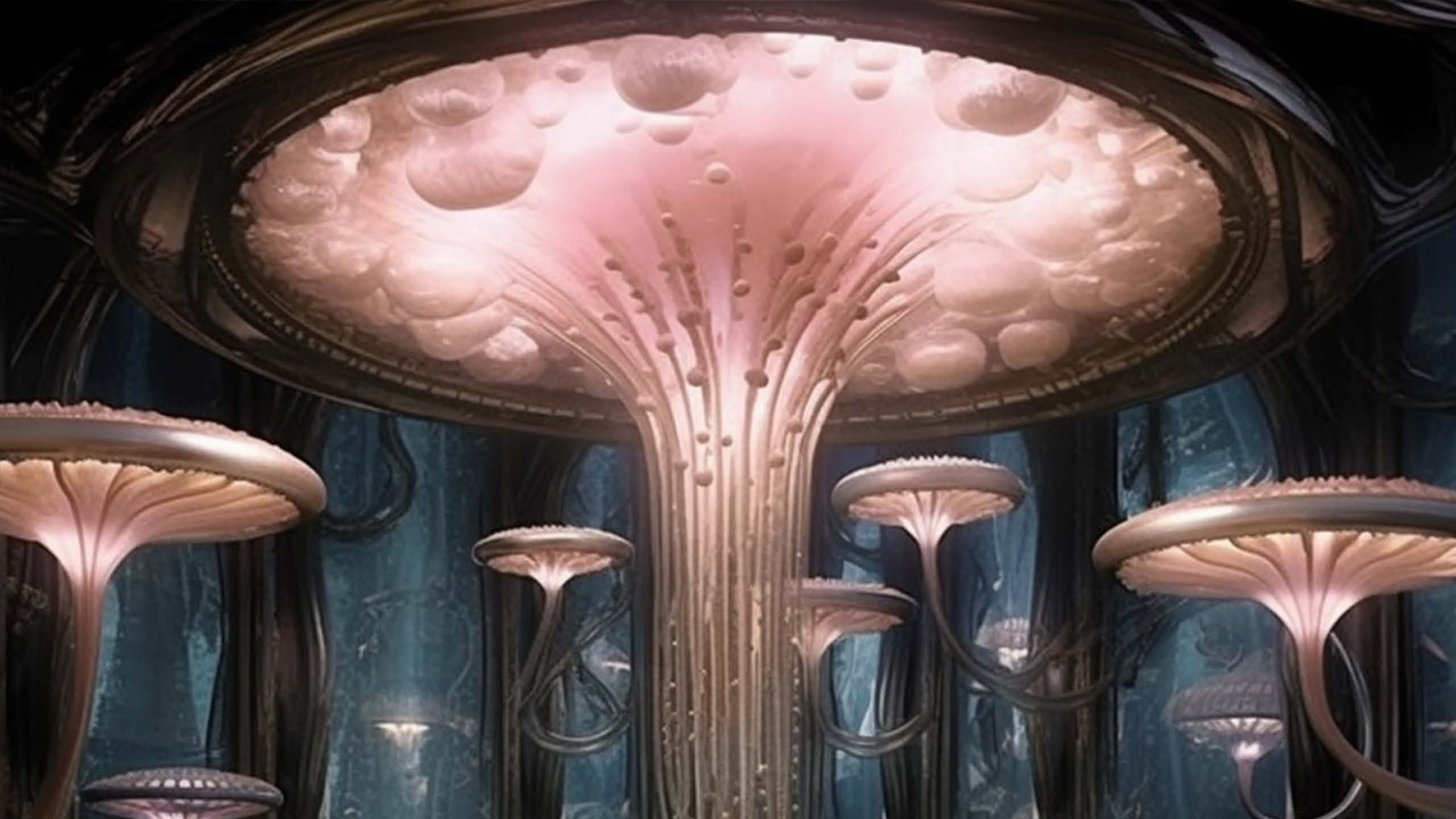
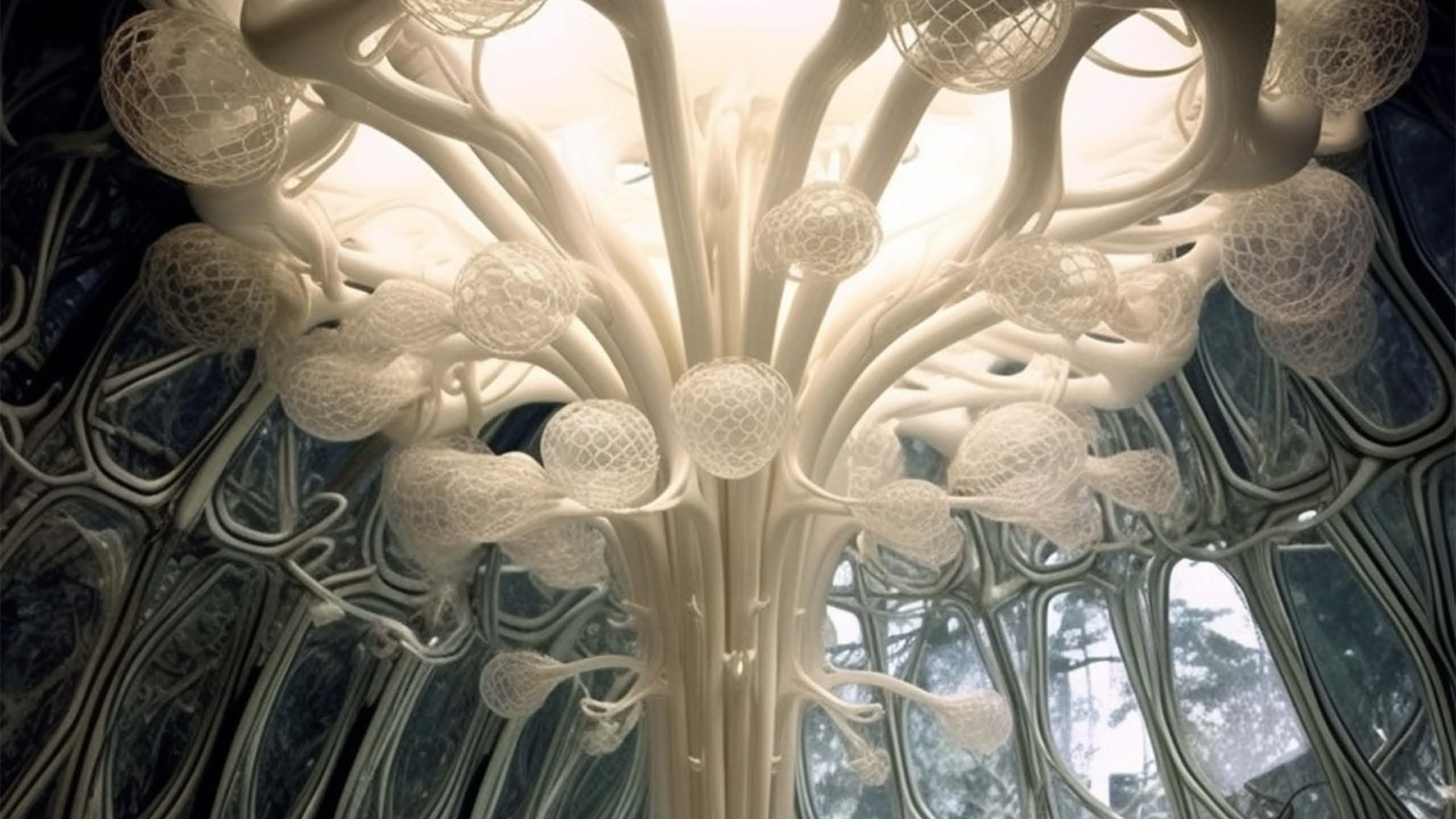
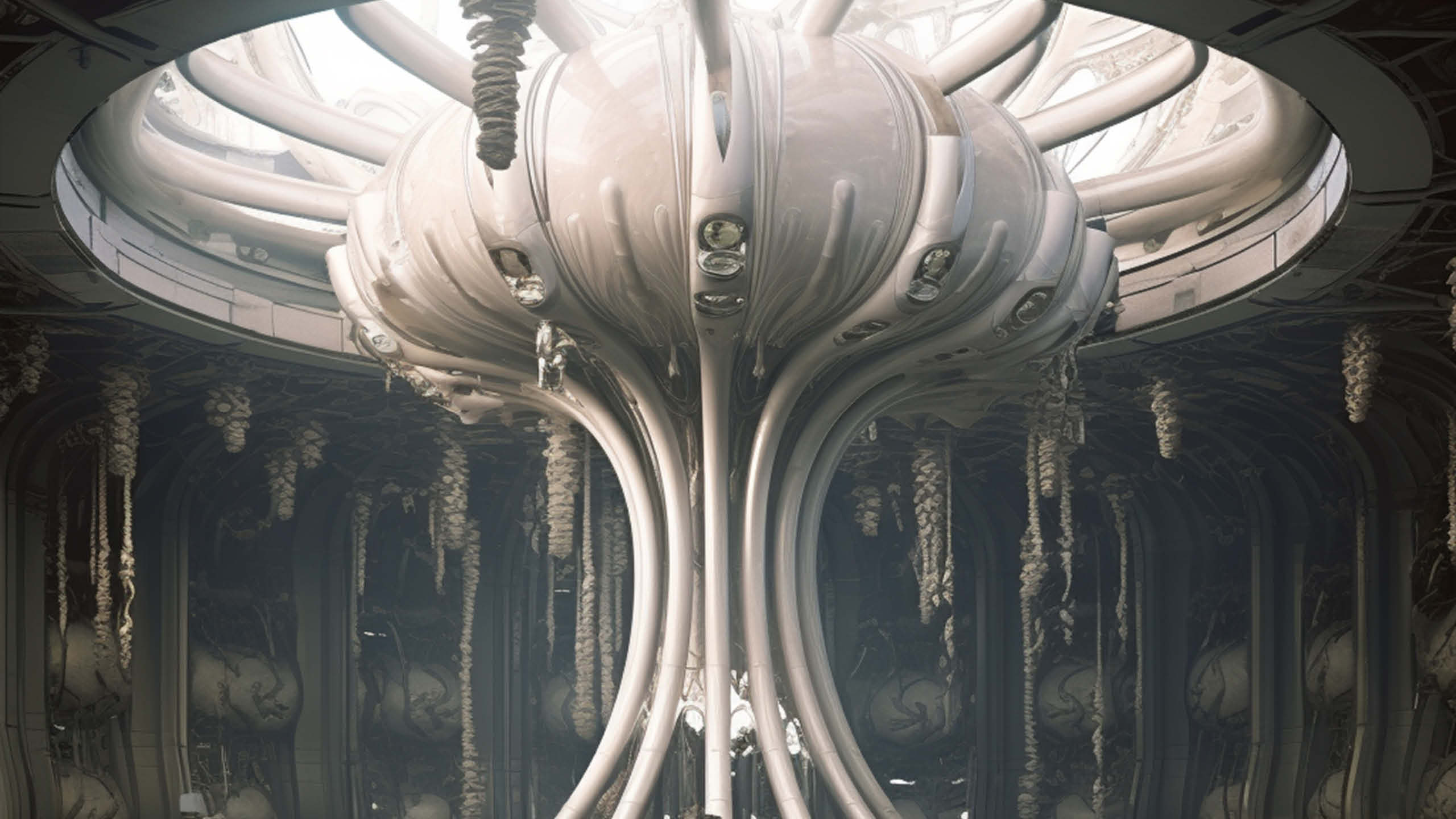
“Alien Dreamscapes” by ACIIID. Generated using AI.
Imagine Prompts: Futuristic Alien, Metallics, Organic, Insect, Bacteria, Fungi, Marine, Star Wars, Starcraft, Zerg, H.R. Giger, Alien Core, Amoeba, Cellular, Artificial.
The branches of Imaginative Dreamscapes are ultimately unlimited due to their reservoir being the cradle of human experience. These three branches are only but a few which have taken form with recent events. More will come as dreamscapes evolve through the constant change and development of design intentions and trends.
Related Read: Striking Disruptions and Imaginative Dreamscapes


